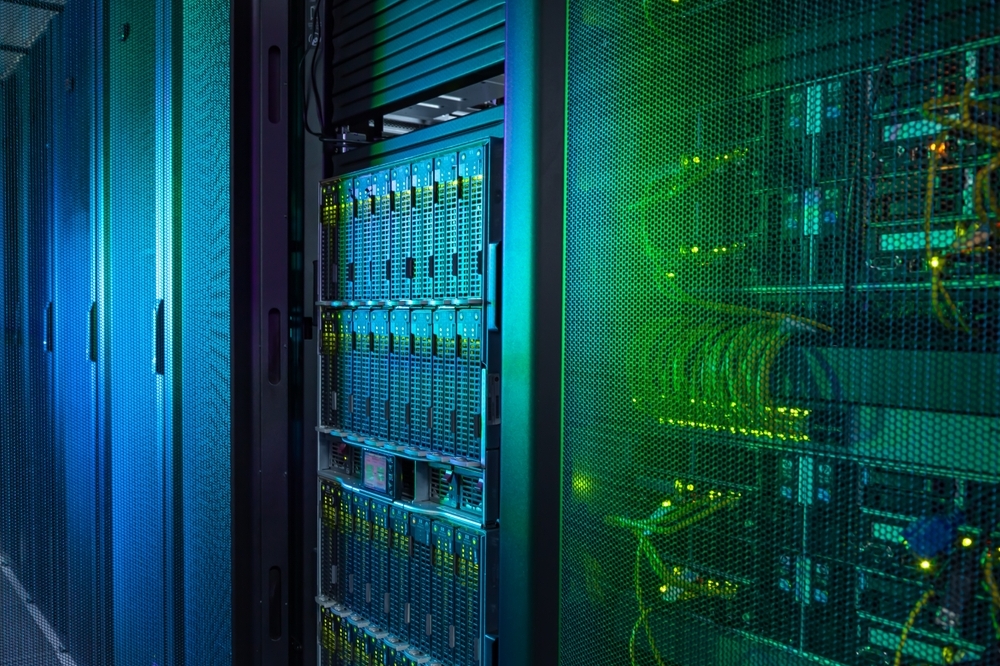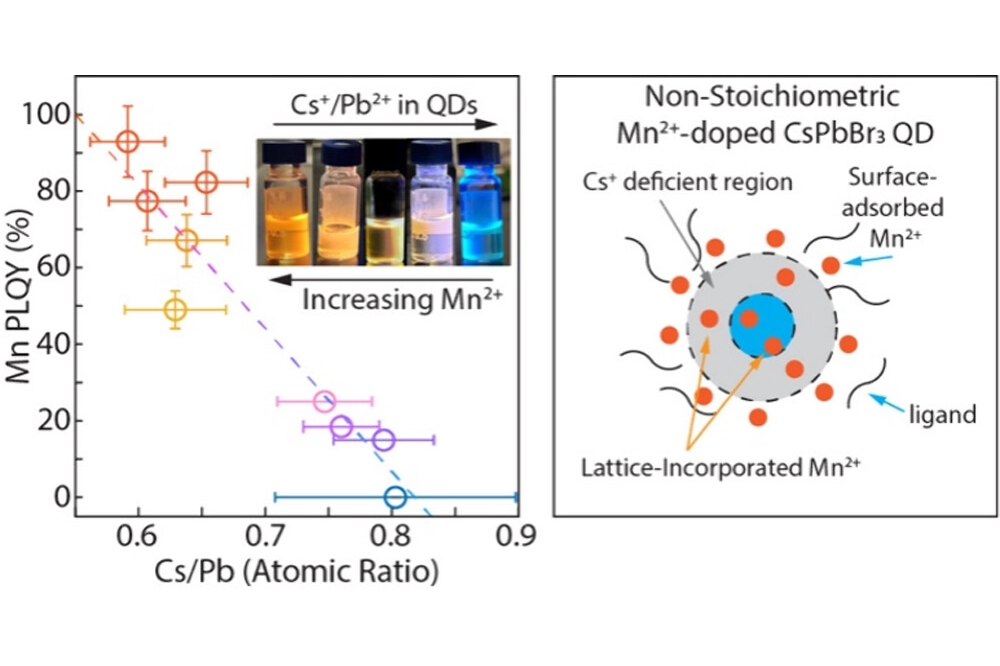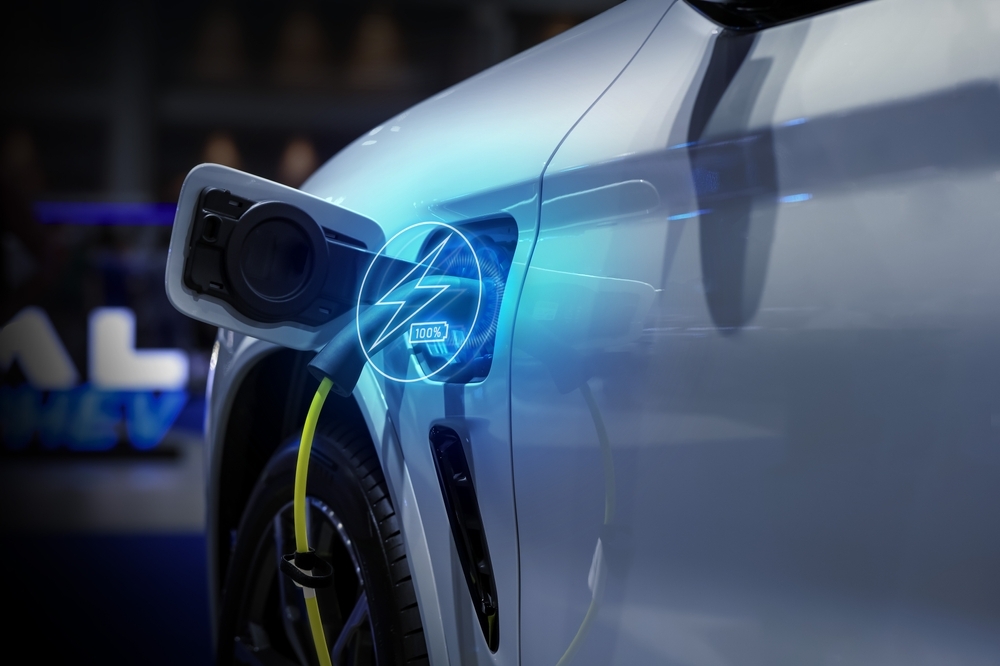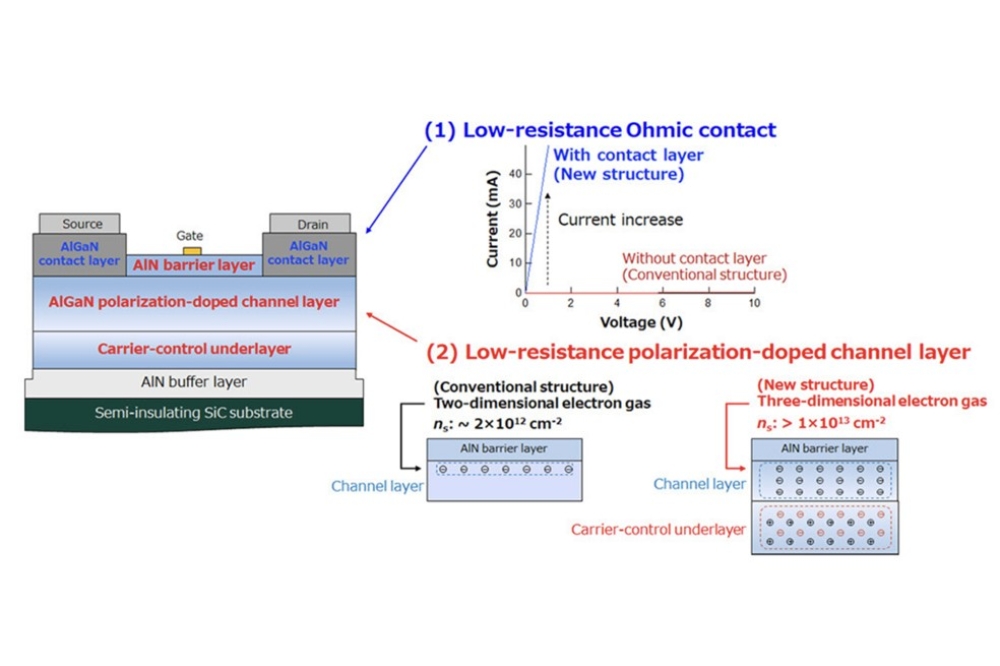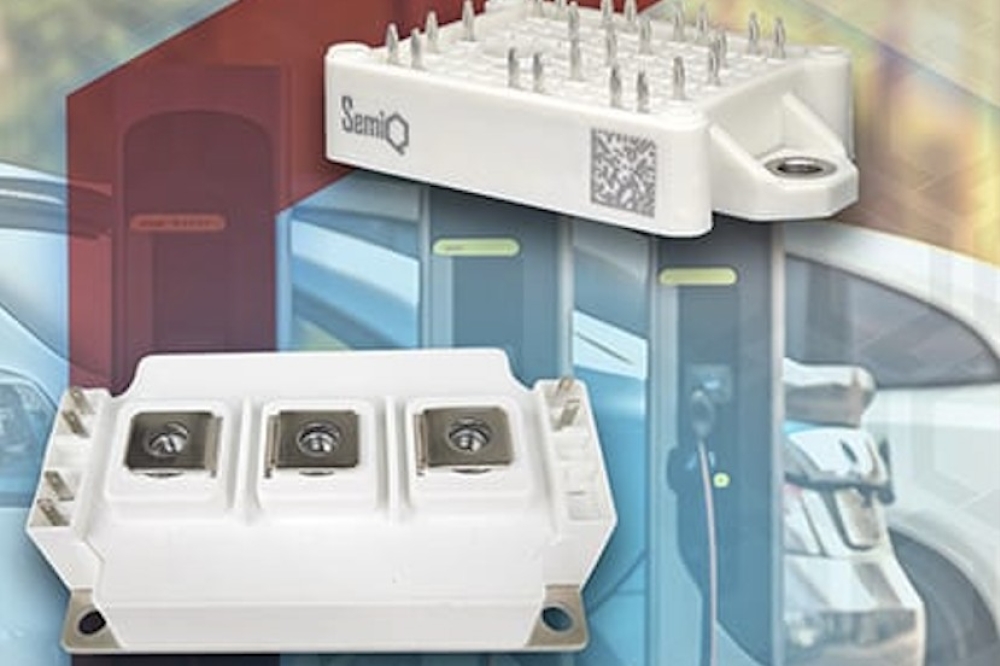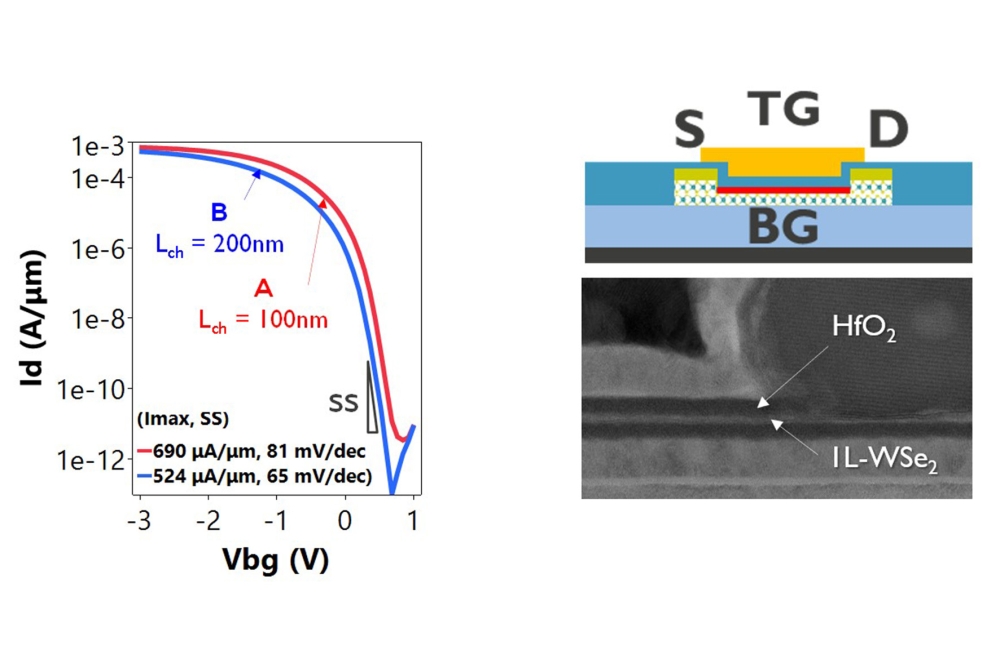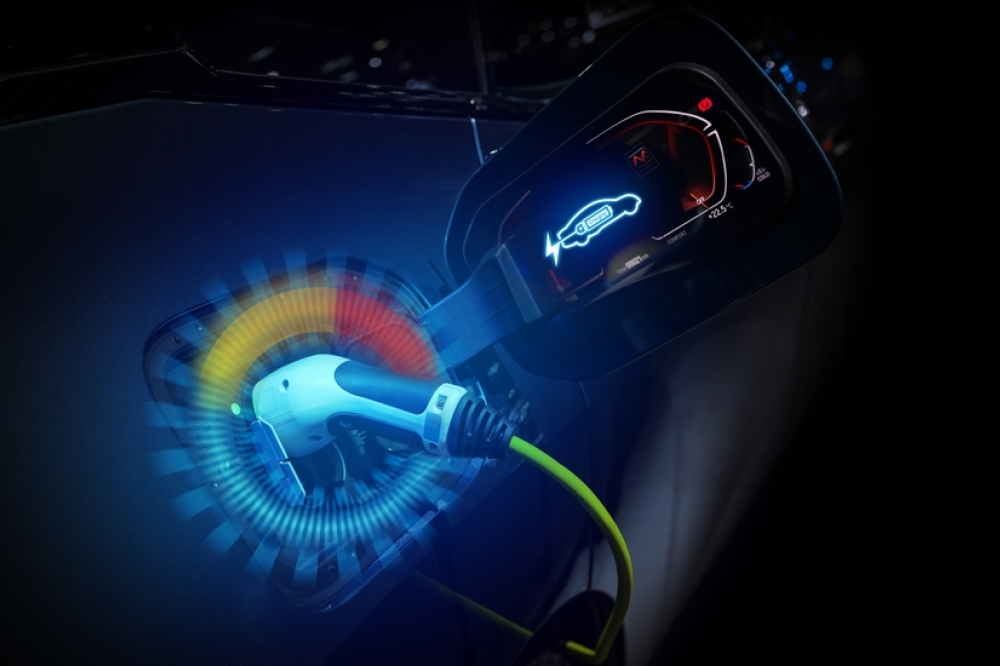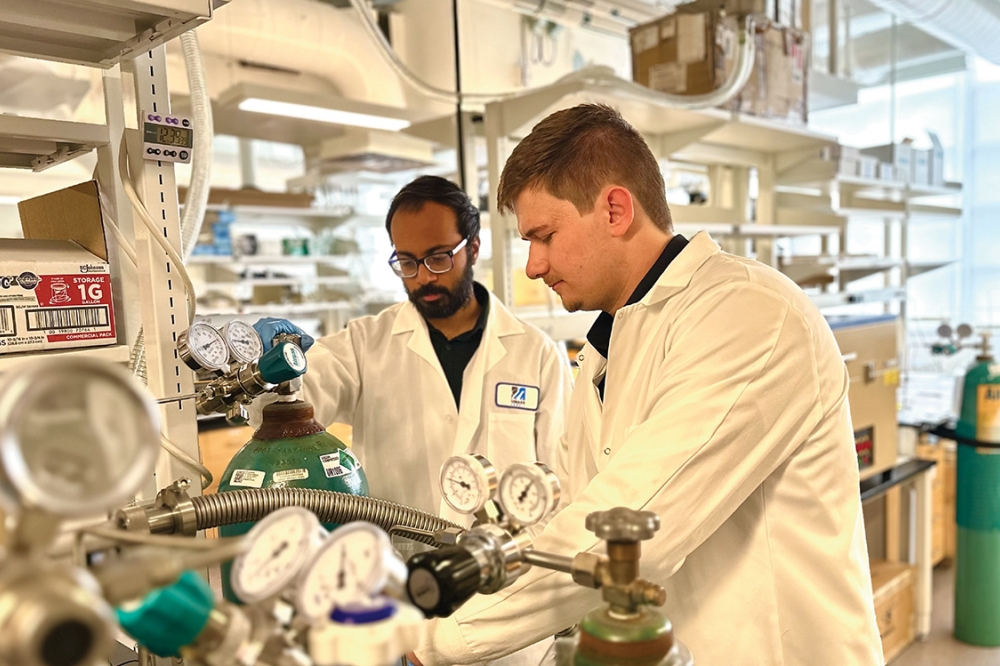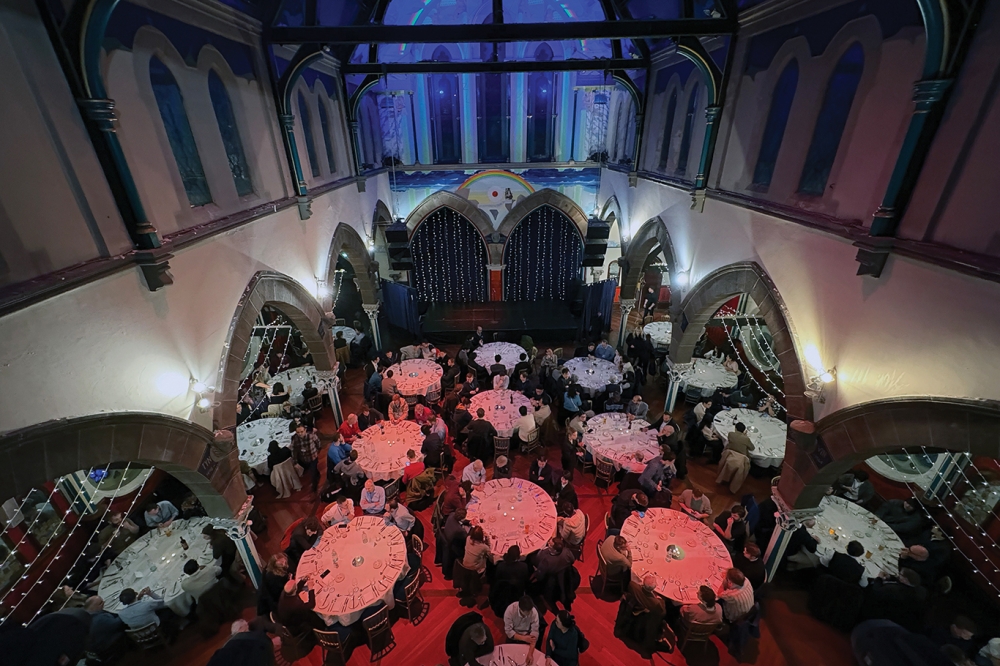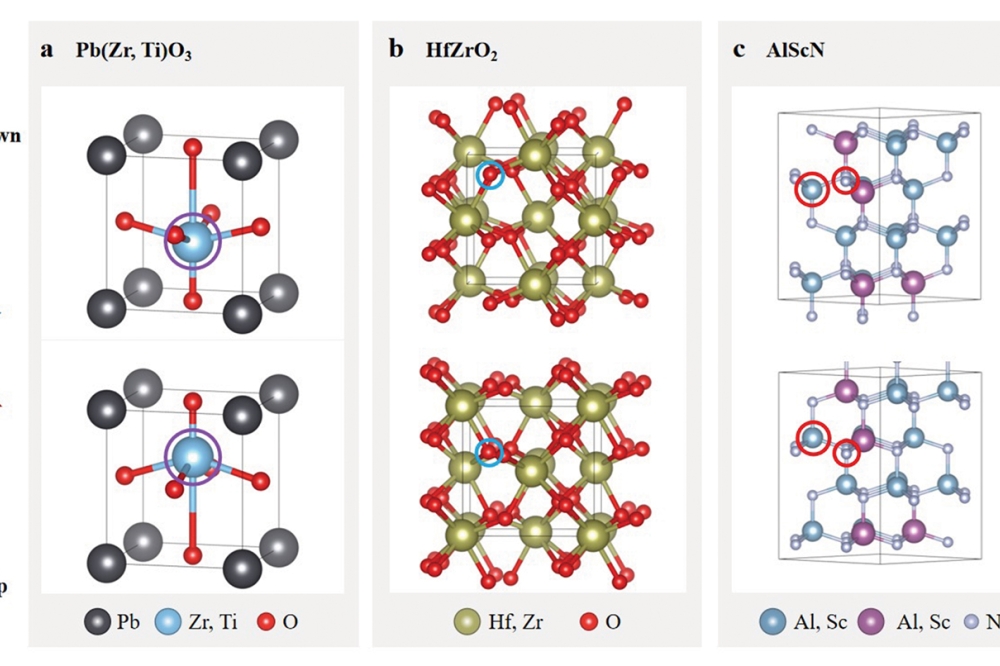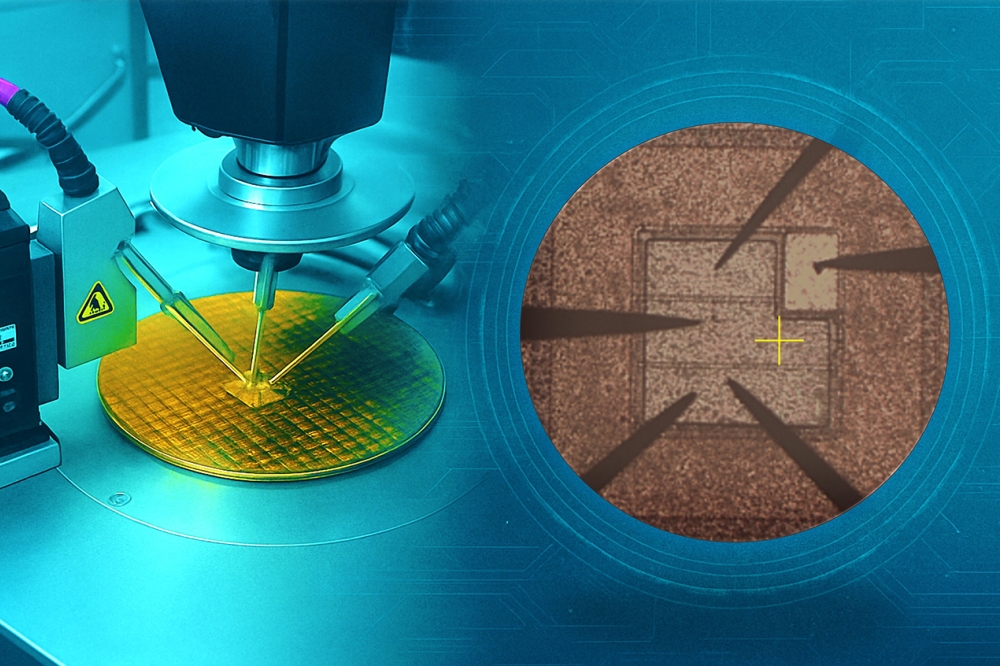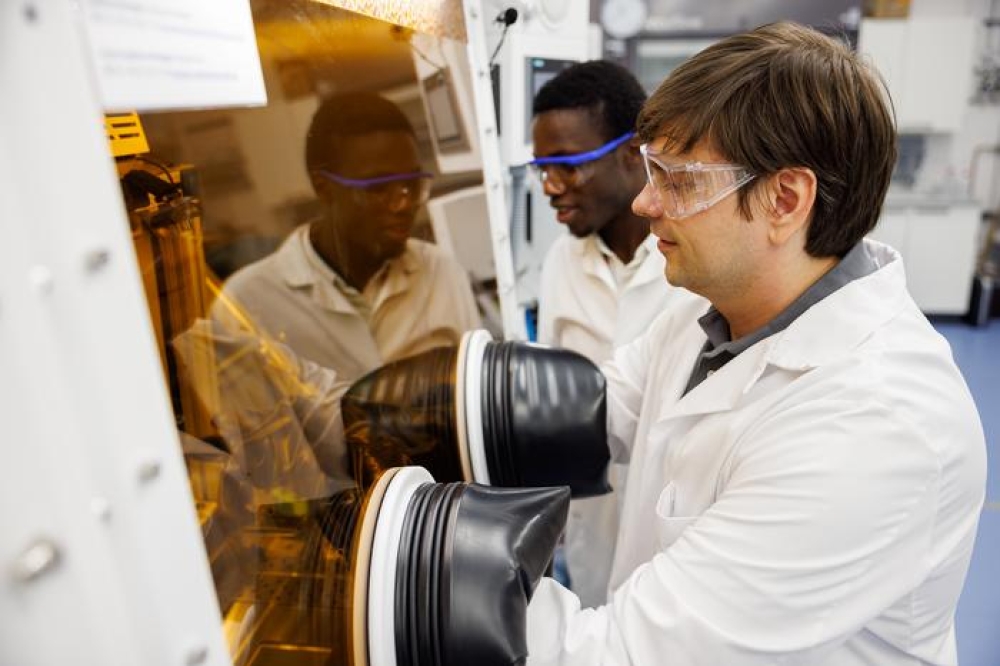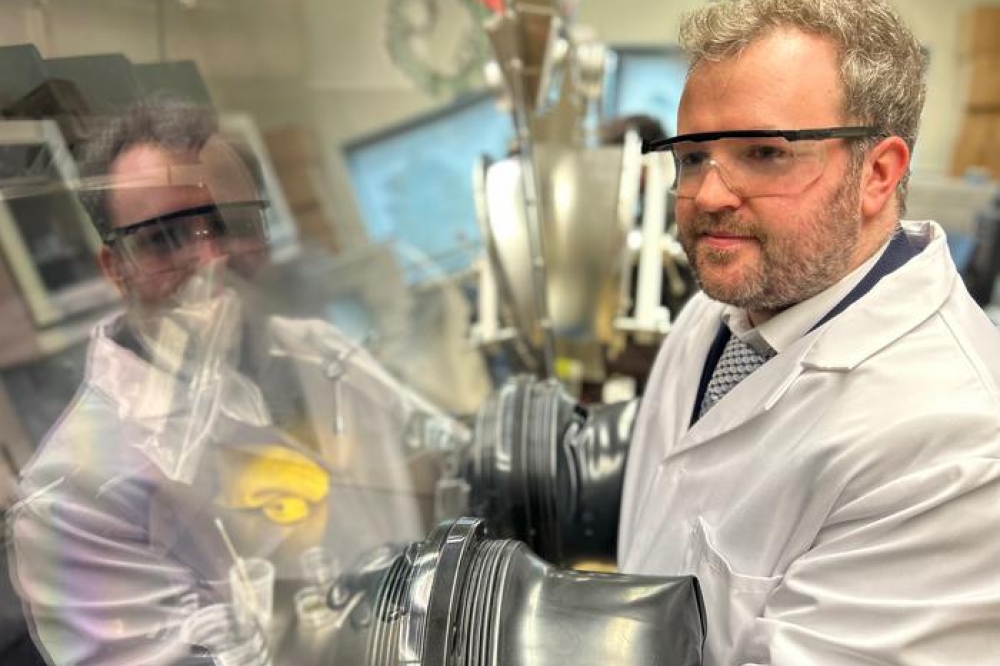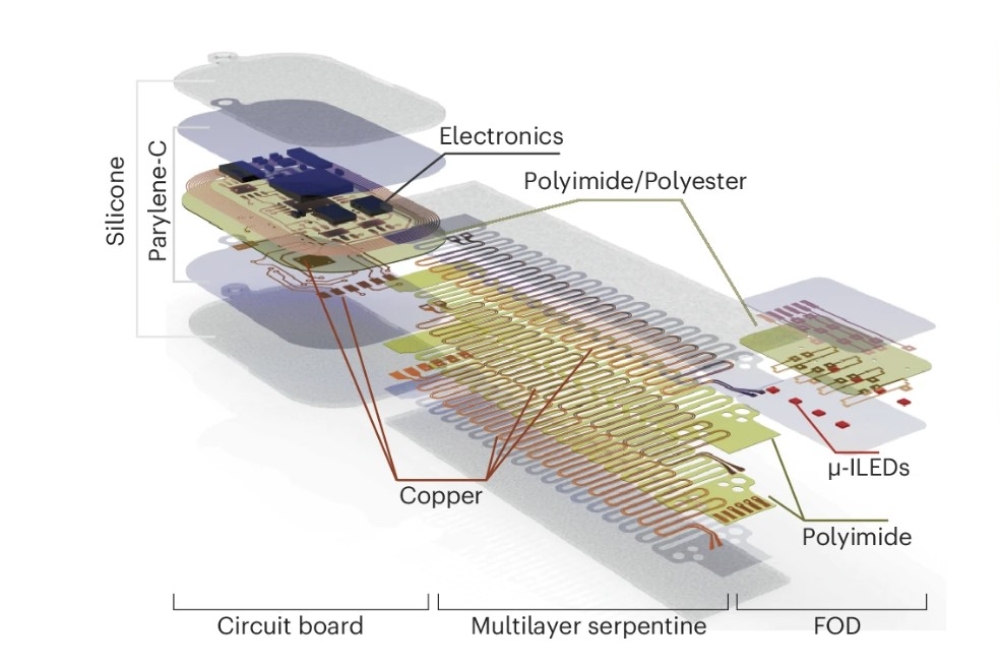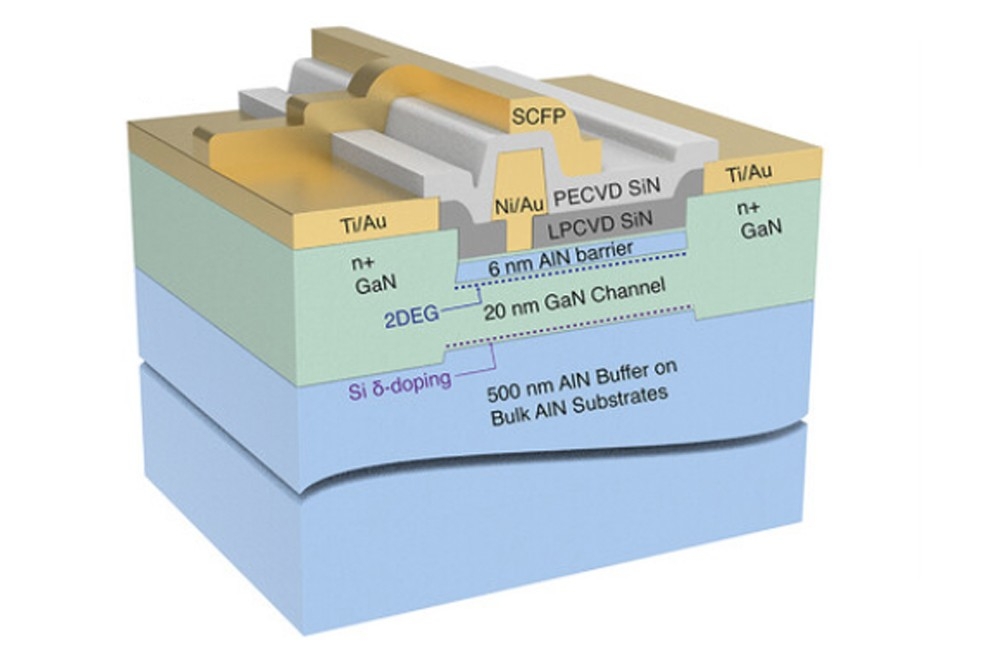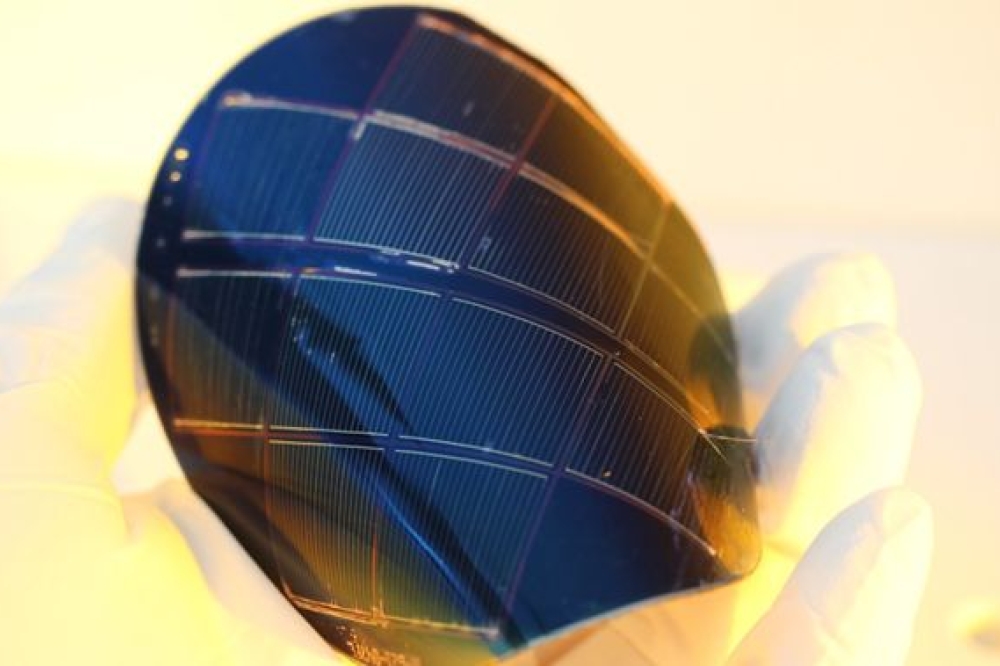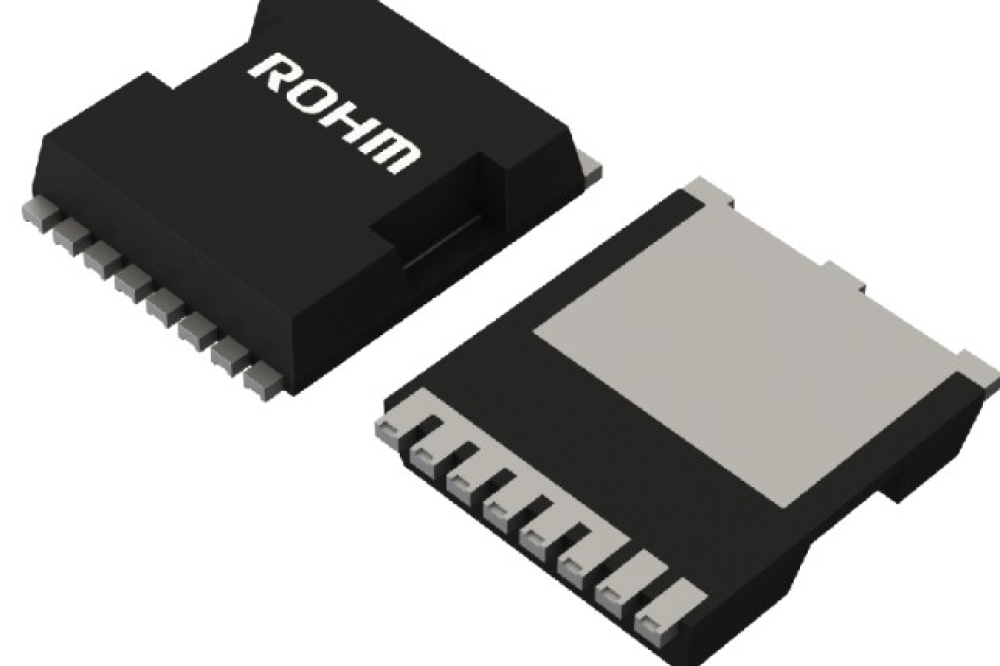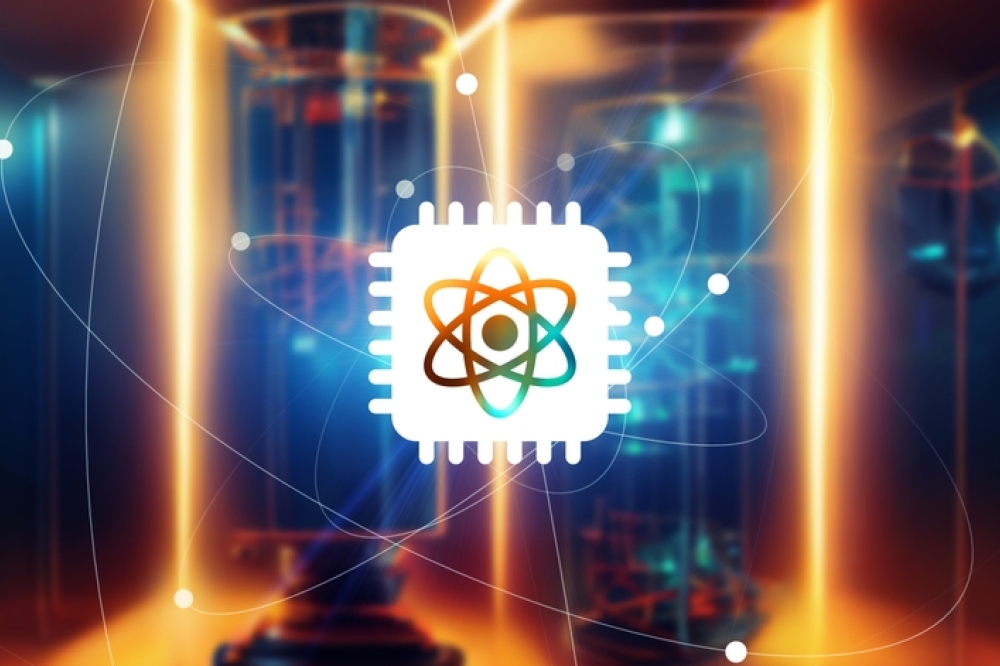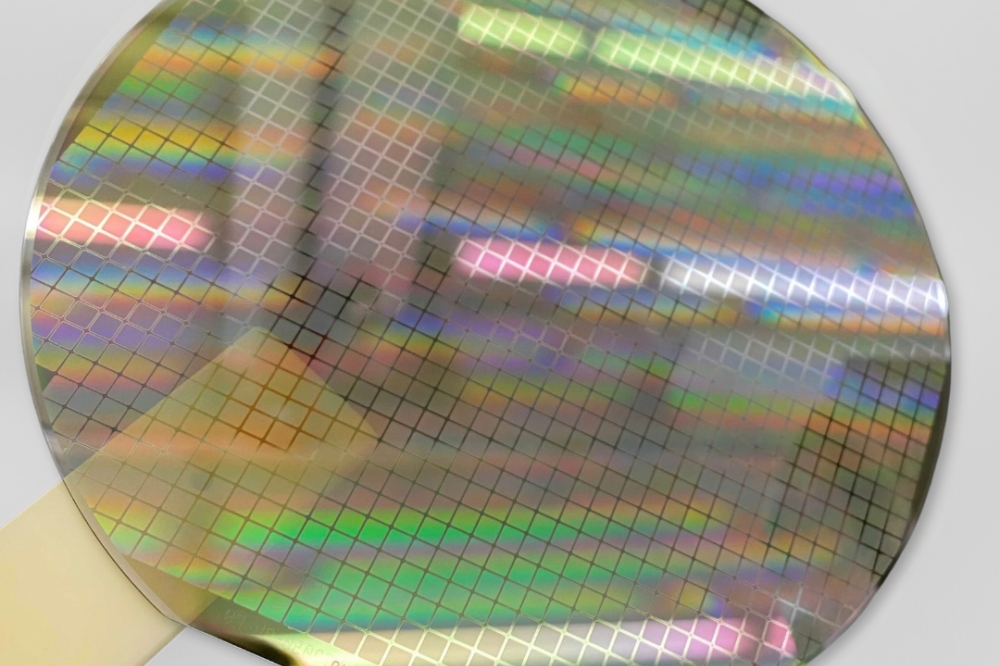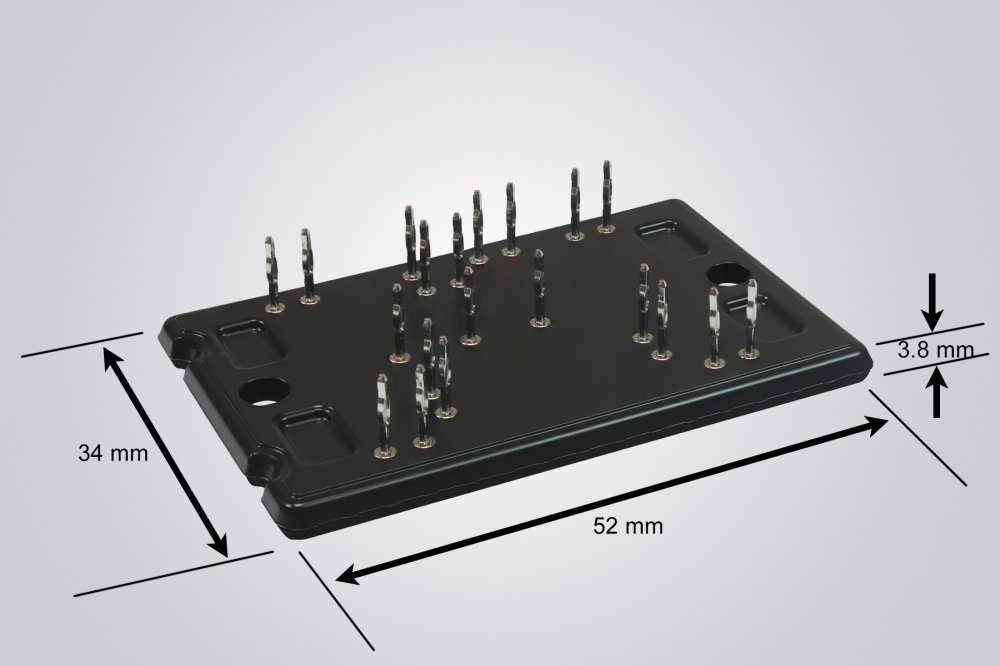MicroLEDs for next generation AI?
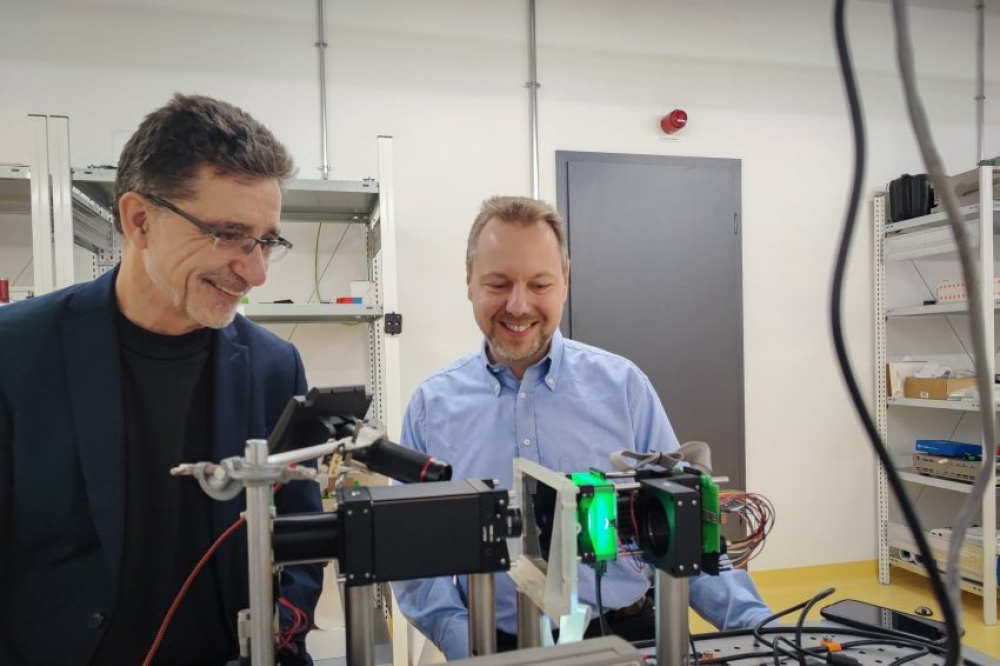
A research group at Nitride Technology Centre (NTC) at TU Braunschweig in Germany, aims to make future computers more powerful and energy-efficient by using neuromorphic processing based on microLEDs. Their work 'MicroLEDs for optical neuromorphic computing—application potential and present challenges' was published in the Journal of Physics Photonics.
“Our optical neuromorphic computing mimics the functioning of biological neural networks, such as those in the human brain, by using electronic circuits or photonic components,” says Andreas Waag from the Institute of Semiconductor Technology at TU Braunschweig and also spokesperson for the Nitride Technology Centre.
“This avoids the weaknesses of conventional digital computer technology, which lead to immense energy demands in massively parallel information processing for AI applications,” adds Christian Werner from Ostfalia University of Applied Sciences. It is expected that in 10 years’ time around a third of the world’s electrical energy will be used for supercomputers and their cooling.
The researchers at NTC are combining GaN components with conventional silicon microelectronics to open up completely new fields of application – such as highly integrated arrays with hundreds of thousands of microLEDs, which are also being used in the QuantumFrontiers cluster of excellence and in the Quantum Valley Lower Saxony (QVLS). “The special properties of GaN are ideal for microLEDs with dimensions of one micrometre and smaller,” says Waag.
The research group also sees great potential in GaN-based microLED technology for reducing the power consumption caused by AI systems with their enormous “hunger for energy” by a factor of 10,000. The microLEDs perform the task that would otherwise be performed by silicon transistors. Parallel in-memory processing combined with efficient photon production and detection creates a hardware that physically maps the different levels of neural networks and enables parallel information flow.
Much research is needed before an 'artificial brain' based on this technology can become a reality, but it promises enormous energy savings. The NTC research group has already developed a macroscopic optical microLED demonstrator with 1,000 neurons. The demonstrator has already passed a standard AI pattern recognition test: it identifies numbers from zero to nine written in a jumbled fashion, some of which are difficult for a human to decipher.
Pictured above: Andreas Waag (TU Braunschweig) and Christian Werner (Ostfalia) at the demonstrator for an LED-based neuromorphic computer. Photo credit: Laurenz Kötter/TU Braunschweig

